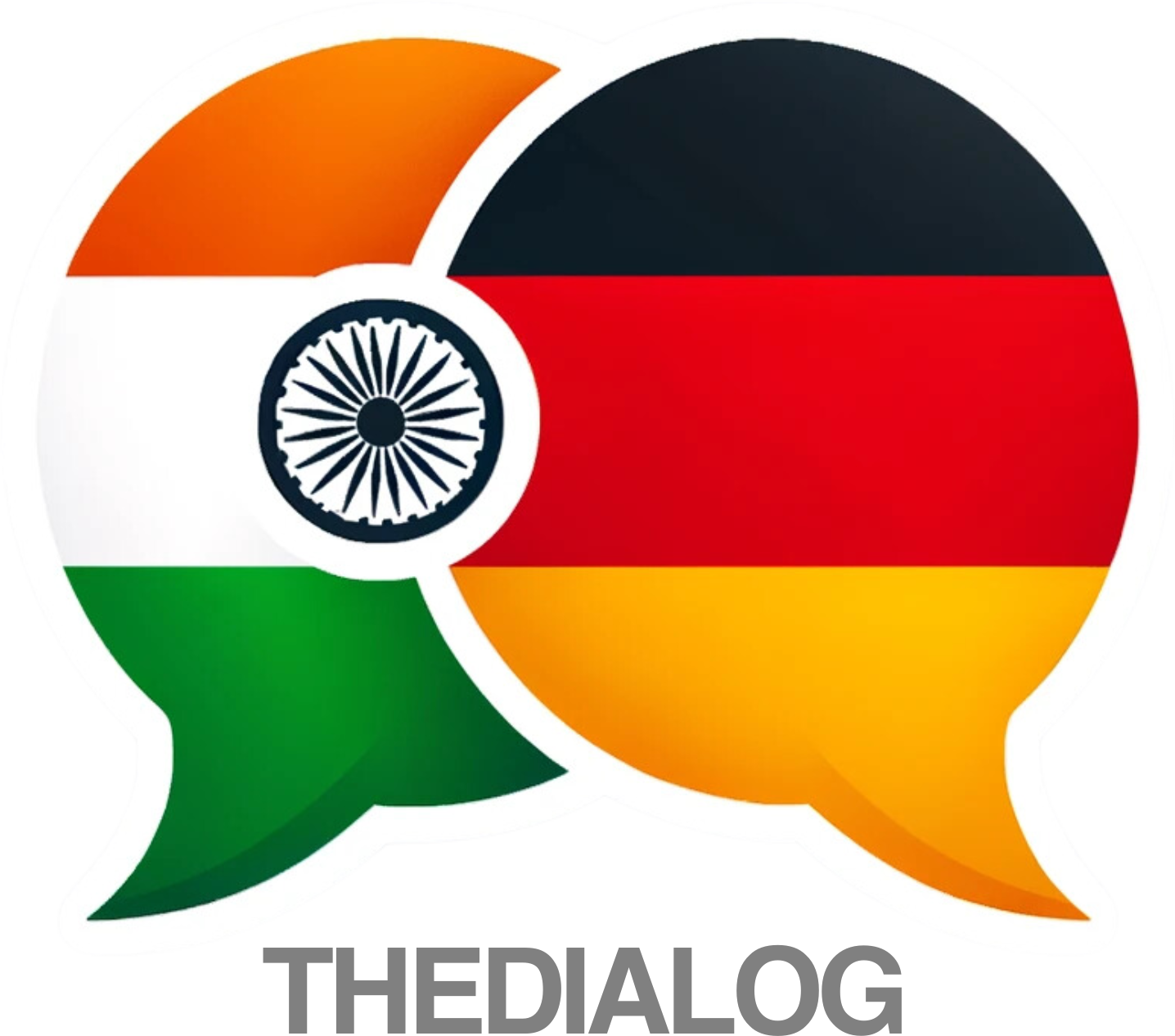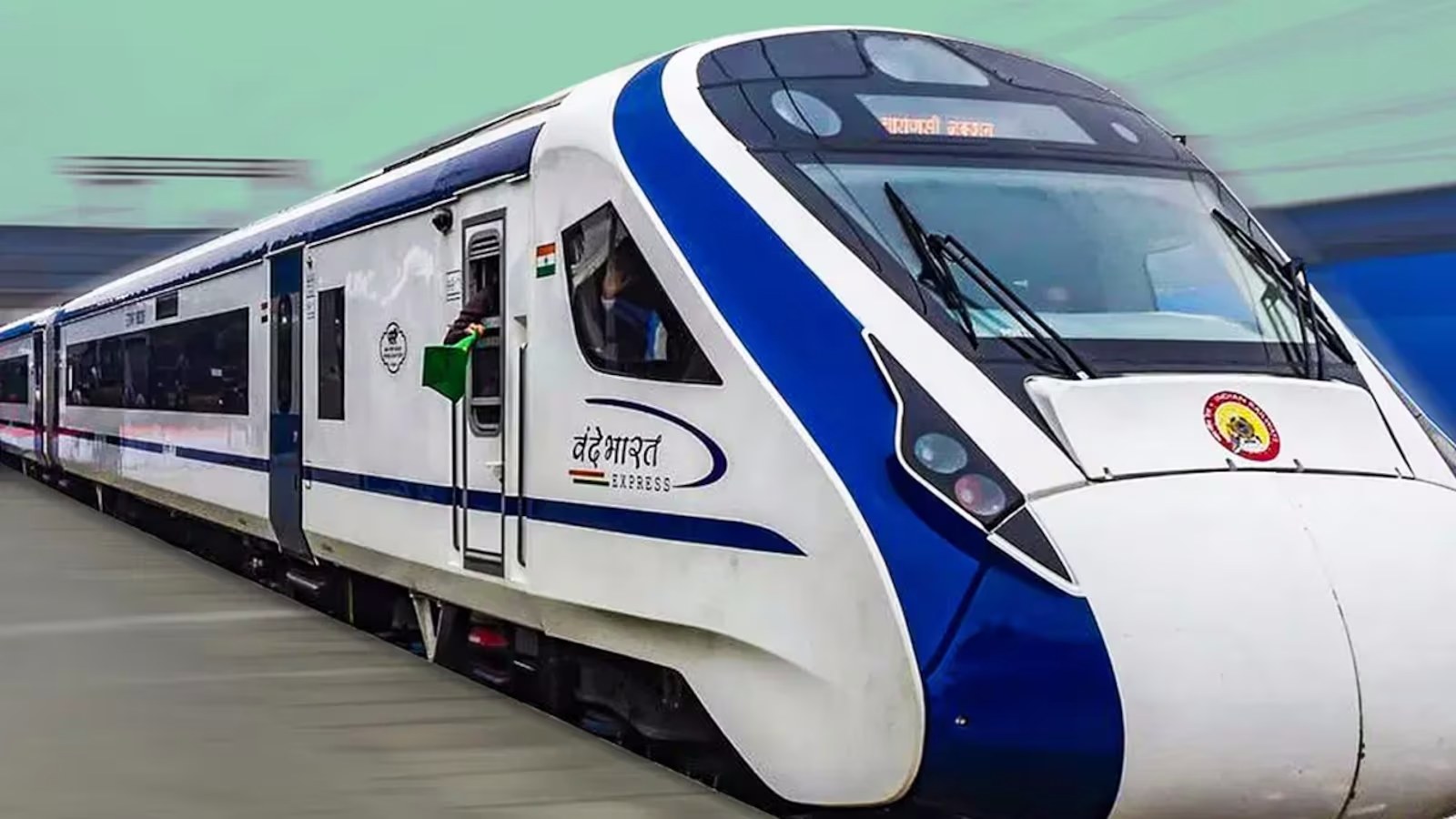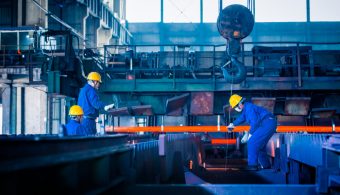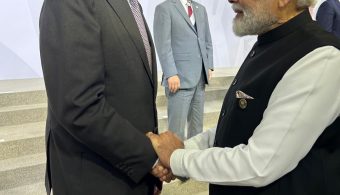Photo Credit: https:vandebharatexpress.org
India’s railway transformation gained fresh momentum this week with the announcement of Vande Bharat 4.0, scheduled for rollout within the next 18 months, and the entry of German mobility technology major ZF Group into India’s rail sector through a new gearbox supply order. The latter development, first reported by ET Manufacturing, highlights growing international confidence in India’s fast-evolving railway ecosystem.
Vande Bharat 4.0: India’s Next-Gen Train in the Making
At the inauguration of the 16th International Railway Equipment Exhibition (IREE) 2025 on October 16, Railway Minister Ashwini Vaishnaw outlined plans for the next iteration of India’s homegrown semi-high-speed train. While the Vande Bharat 3.0 trains are already operational, he said, the upcoming 4.0 version will deliver a new level of performance and passenger comfort.
Vaishnaw noted that the existing 3.0 trainsets already “meet international standards,” accelerating from 0 to 100 km/h in just 52 seconds—faster than several comparable trains in Japan and Europe—while maintaining low noise and vibration levels.
He described the 4.0 variant as a “complete re-imagination” of the train concept, featuring upgraded seating, improved toilets, and superior workmanship. The target launch is mid-2027, with an ambition to set a new global benchmark in rail travel.
Under the broader Viksit Bharat 2047 vision, India also plans 7,000 km of dedicated high-speed corridors capable of handling speeds up to 350 km/h. Complementary initiatives include new-generation Amrit Bharat 4.0 coaches and push-pull locomotives, both slated for testing within the next three years.
On the safety front, Kavach 4.0, India’s indigenous automatic train-protection system, is being deployed, while Kavach 5.0 is in development for higher-speed operations. Vaishnaw additionally announced that Indian engineers have built a 2,400-horsepower hydrogen-powered train, designed entirely within the country. “We will design it ourselves, not import it,” he said, underscoring India’s growing technological self-reliance.
He urged suppliers to maintain global-grade standards, warning that those delivering substandard materials would face penalties, including blacklisting.
German Technology on Indian Tracks
According to ET Manufacturing, ZF Group—a German leader in mobility systems—has received its first railway order in India, to supply gearboxes for the Vande Bharat Express. The deal marks ZF’s entry into India’s rail segment, expanding beyond its core automotive driveline business.
ZF will assemble the gearboxes at its Coimbatore facility in Tamil Nadu as part of a localisation strategy. ZF India President Akash Passey told ET Manufacturing that the company was “pleasantly surprised” by the strong interest shown in its new railway offerings at IREE 2025.
The company is introducing a semi-high-speed gearbox tailored for Indian conditions and a digital platform, connect@rail, which continuously monitors track quality, wheel health, and component wear. The system uses cloud-based analytics to predict maintenance requirements before faults occur and is already operational in ten European cities.
ZF’s global rail systems director said the technology could significantly boost safety and efficiency in India’s network. The company’s local workforce of more than 5,000 engineers—one of the youngest globally—is driving innovation for both Indian and export markets, with roughly 35–40 percent of its India output already shipped overseas.
Executives also highlighted the technology’s sustainability edge: replacing a competitor’s transmission with ZF’s design can lower fuel consumption by up to 20 percent, thereby reducing emissions.
The convergence of India’s next-generation Vande Bharat programme and global partnerships such as ZF’s localisation drive reflects a maturing ecosystem focused on quality, speed, and sustainability.



